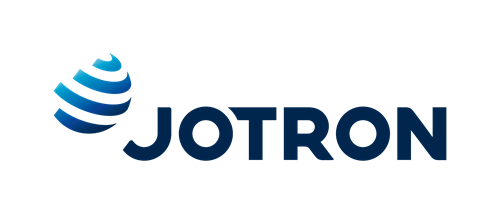FREQUENTIS and LVNL extend integrated tower solution at Amsterdam Schiphol airport
Dutch Air Navigation Service Provider, LVNL, adds Frequentis’ unified data exchange platform to increase efficiency, flexibility, and redundancy of its tower applications
%20(002)_Original.jpg)
“The Frequentis state-of-the-art ATM platform, MosaiX, for Amsterdam Schiphol airport tower has laid the foundation for more organised data exchange between applications through the MosaiX service bus. It also simplifies the integration of future applications,” says Marcel Bakker, General Manager Systems & Infrastructure at LVNL. “The implementation of MosaiX was one of the largest releases in recent times in the tower domain, yet the operation was managed without any disruption.”
LVNL, the ANSP of the Netherlands, has been completing a tower modernisation program with Frequentis since 2017 to modernise its end-to-end tower infrastructure, starting with replacing paper flight strips with an Electronic Flight Strips System (EFSS), the Frequentis smartSTRIPS system.
“Air traffic control is a fast-changing, dynamic environment that requires agility from all organisations – that's what we are achieving in our partnership with LVNL, in this highly cooperative relationship that allows us to continually learn from each other and drive ongoing improvement,” says Hannu Juurakko, Frequentis Executive Vice President ATM Civil and Chairman of the Frequentis ATM Executive Board. “With the implementation of MosaiX we have enabled LVNL to provide more organised data exchange between applications, as well as to simplify the integration of future applications.”
The EFSS is the first tower application to run on MosaiX and is now hosted on a redundant cluster of servers, which will accommodate other applications, including ATIS (Automatic Terminal Information Service), DMAN (Departure Manager), SMAN (Surface Manager) and Safety Nets. This architecture has the advantage of requiring less hardware and will reduce annual power consumption by maximising the number of applications running on a minimal number of servers. Another important advantage is the triple redundancy, which ensures high availability of the applications.
The next important step towards a comprehensive, automated and fully integrated tower suite will be the introduction of the DMAN around the middle of 2024. Meet us at Airspace World in Geneva, stand F17, March 8-10, 2023



.png)




.jpg)
Comments
There are no comments yet for this item
Join the discussion